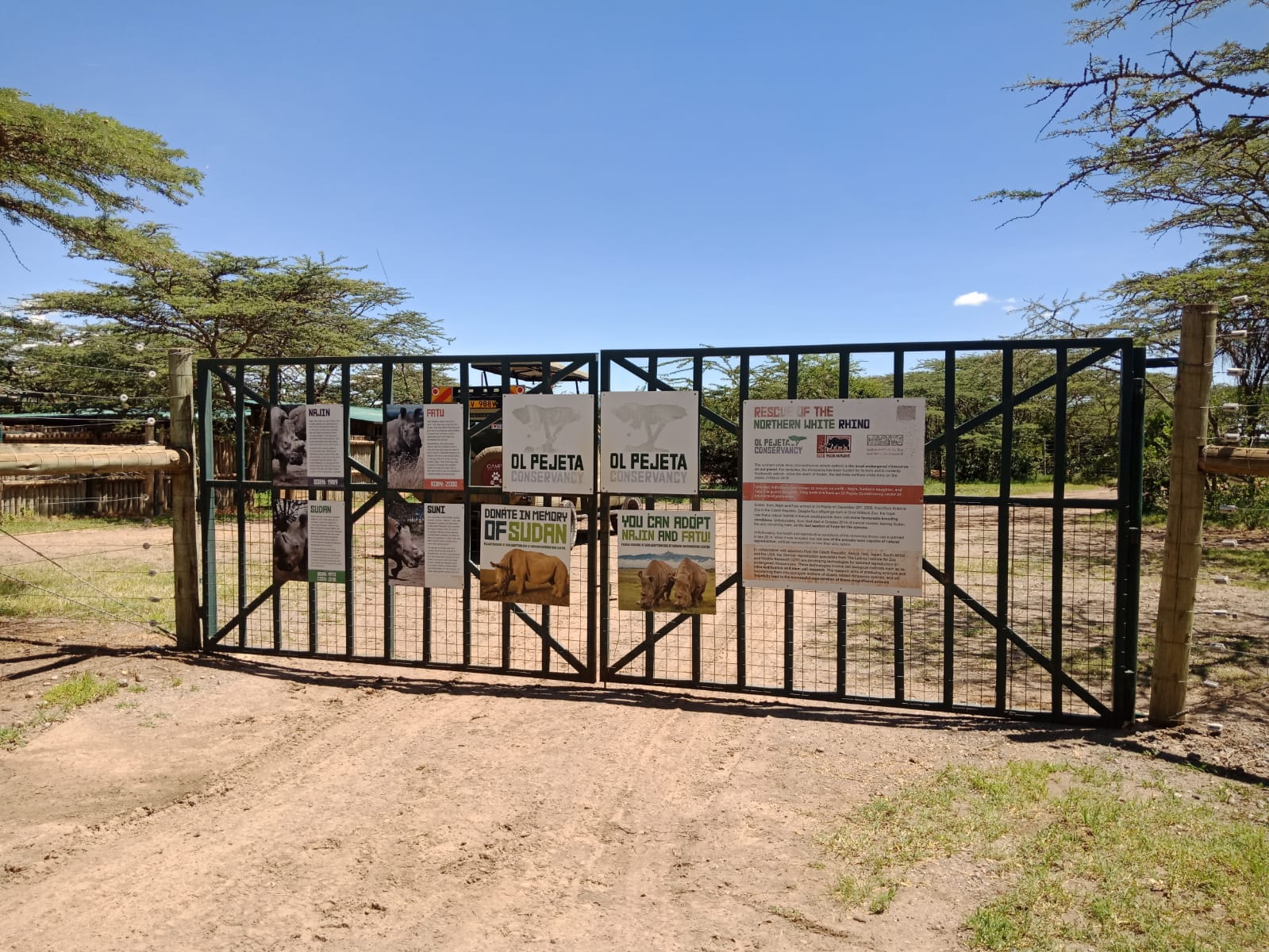Beef farming in Kenya is one of the most profitable agribusiness ventures. It involves raising cattle mainly for meat production.
Many farmers across the country have tapped into this sector due to the high demand for beef. Whether you are a small-scale farmer or looking to grow into a commercial beef producer, there is great potential to earn consistent income.
With proper planning, good feeding, and access to markets, beef farming can provide a steady livelihood for both rural and urban farmers.

Why Beef Farming in Kenya Is a Smart Agribusiness
Kenya has a long history of cattle keeping. Most large-scale beef producers are pastoralists who graze their cattle on open land or private ranches. New farmers can start small by raising young calves known as weaners or focus on fattening mature cattle for slaughter.
Beef is the most consumed meat in Kenya, creating a steady and growing market. Local butcheries, hotels, schools, and restaurants are always in need of fresh, safe, and high-quality beef.
To succeed in beef farming, you need the right breed, proper feeding, disease control, and a good marketing plan.
Choosing the Right Breeds for Beef Farming
Your choice of breed will affect your farm’s cost and profit. There are two main types of cattle used in beef farming in Kenya.
Indigenous breeds
Zebu
Boran
These breeds are hardy and adapt well to Kenya’s climate. They are easier to manage and cost less to feed. Indigenous breeds are ideal for farmers with limited capital or those in dry areas.
Exotic breeds
Hereford
Charolais
Simmental
Angus
Exotic breeds grow faster and give more meat in a shorter time. However, they require better care, higher feeding costs, and more experience. These breeds are better suited for farmers with enough resources and access to good feed and veterinary services.
Feeding Tips for Healthy Cattle
Feeding is the biggest cost in beef farming in Kenya. It takes up to 60 percent of your total expenses. If you feed your cattle well, they grow faster and give you better returns.
Use a mix of natural and supplementary feeds. These include:
Fresh grass
Hay
Nappier grass
Lucerne
Always provide clean drinking water. Salt licks and minerals will help improve their digestion and weight gain.
Good feeding leads to strong, healthy cattle and faster fattening for the market.
Vaccination and Pest Control
Diseases and pests are a big threat to cattle. You must take action to protect your animals early.
Vaccinate your cattle against common diseases like:
Foot and mouth disease
Lumpy skin disease
Anthrax
Work with a trained vet to set up a vaccination schedule. Also, dip your cattle regularly to kill pests such as:
Ticks
Mites
Fleas
Tsetse flies
Healthy cattle grow well and save you from costly losses in the future.
Beef Market Opportunities in Kenya
Beef farming in Kenya offers a ready market for those who plan well. The most common buyers are local butcheries. You can sell your cattle live or slaughter and sell the meat by weight.
For better profits, look beyond the local market. You can supply beef to:
Schools
Hotels
Restaurants
Institutions
To do this, you must meet quality standards. All beef must be inspected by a government veterinary officer before sale. The vet confirms if the meat is safe to eat.
Build strong networks and market your products well. A good reputation will help you win supply contracts and attract more buyers.
Final Tips for Beef Farmers
To get the best from beef farming in Kenya:
Choose the right breed for your area and budget
Feed your cattle well and give them enough water
Control diseases through regular vaccination and pest dipping
Follow laws on meat inspection and health standards
Find good buyers and work to meet their needs
Beef farming requires patience and planning, but the rewards are worth it.
With Kenya’s growing population and love for beef, farmers have a golden chance to grow their agribusiness.






































